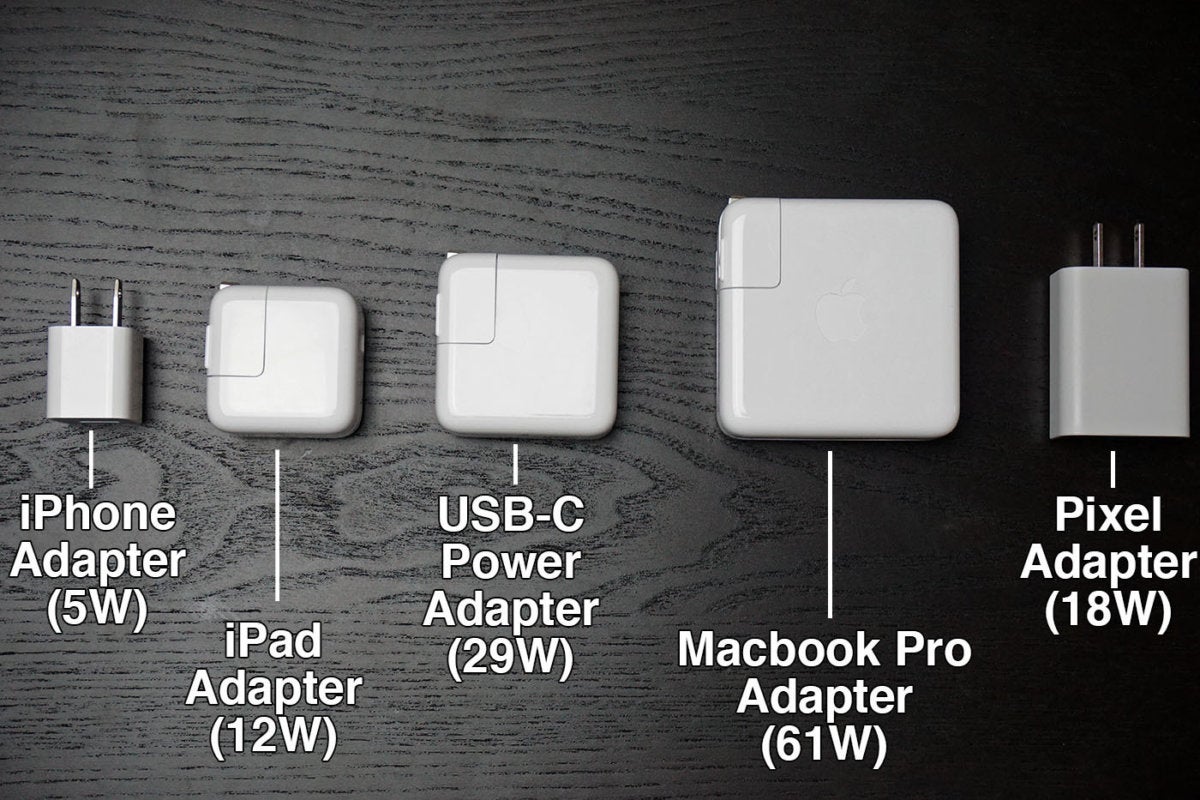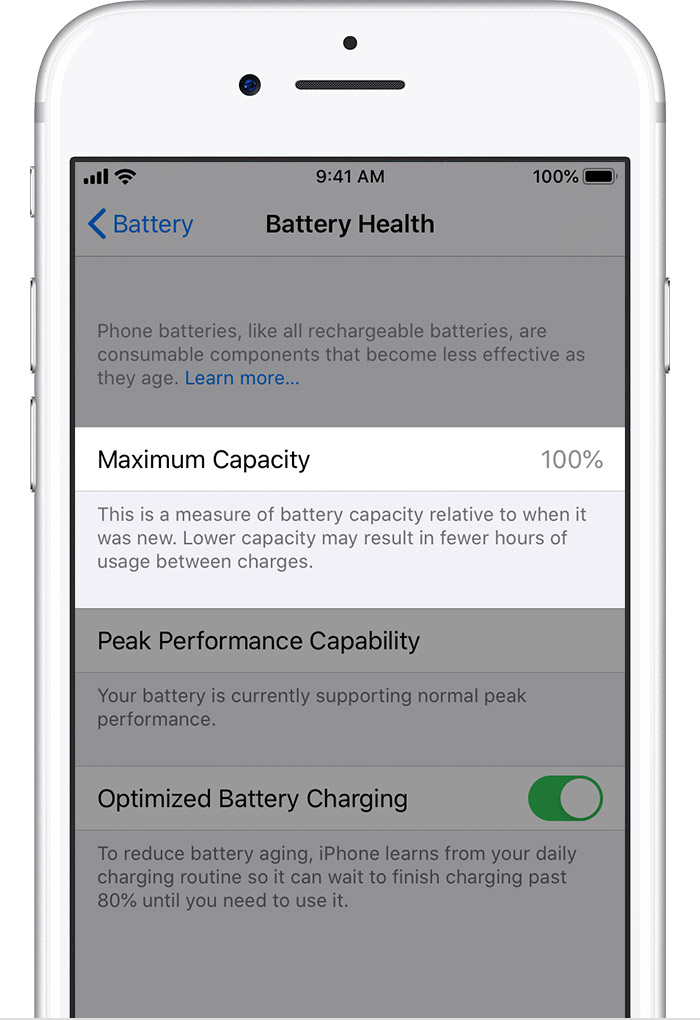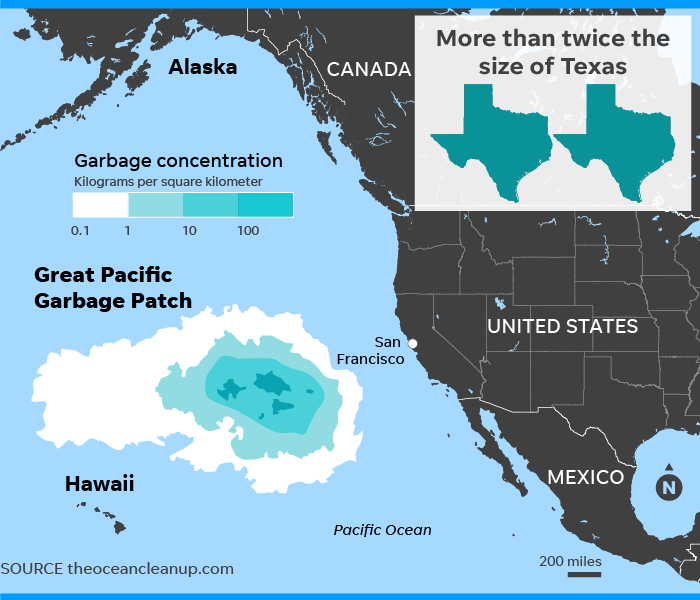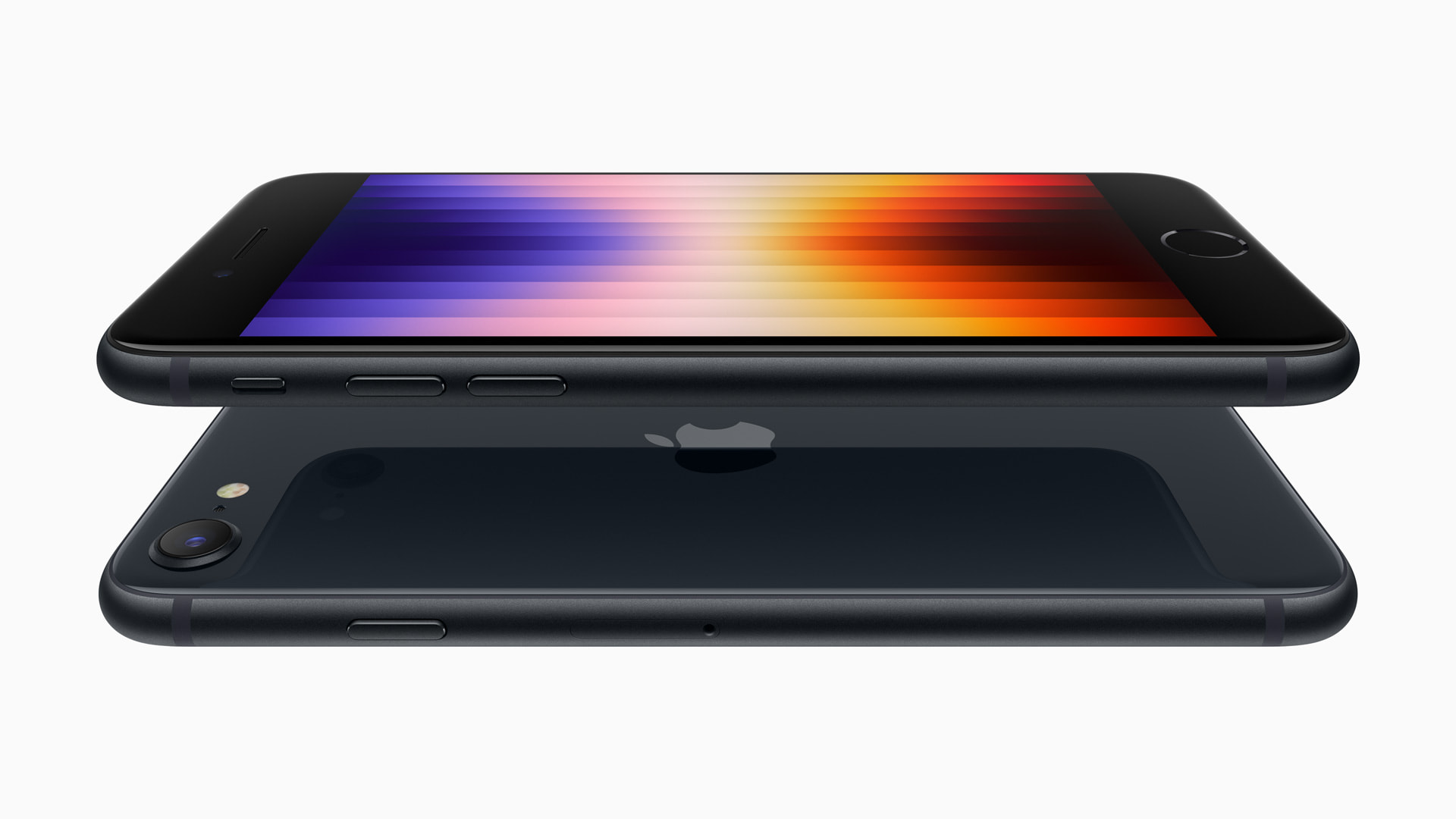Hello and welcome back to the final blog! I have an exciting blog to wrap everything up! Today we are talking about rockets!
SpaceX, owned by Elon Musk, is the most advanced private space company in the world right now. What makes them so special you might ask? To save on development and cost, their rockets are reusable. Meaning they do not have to build a new multi-million dollar rocket each launch saving on cost and development.
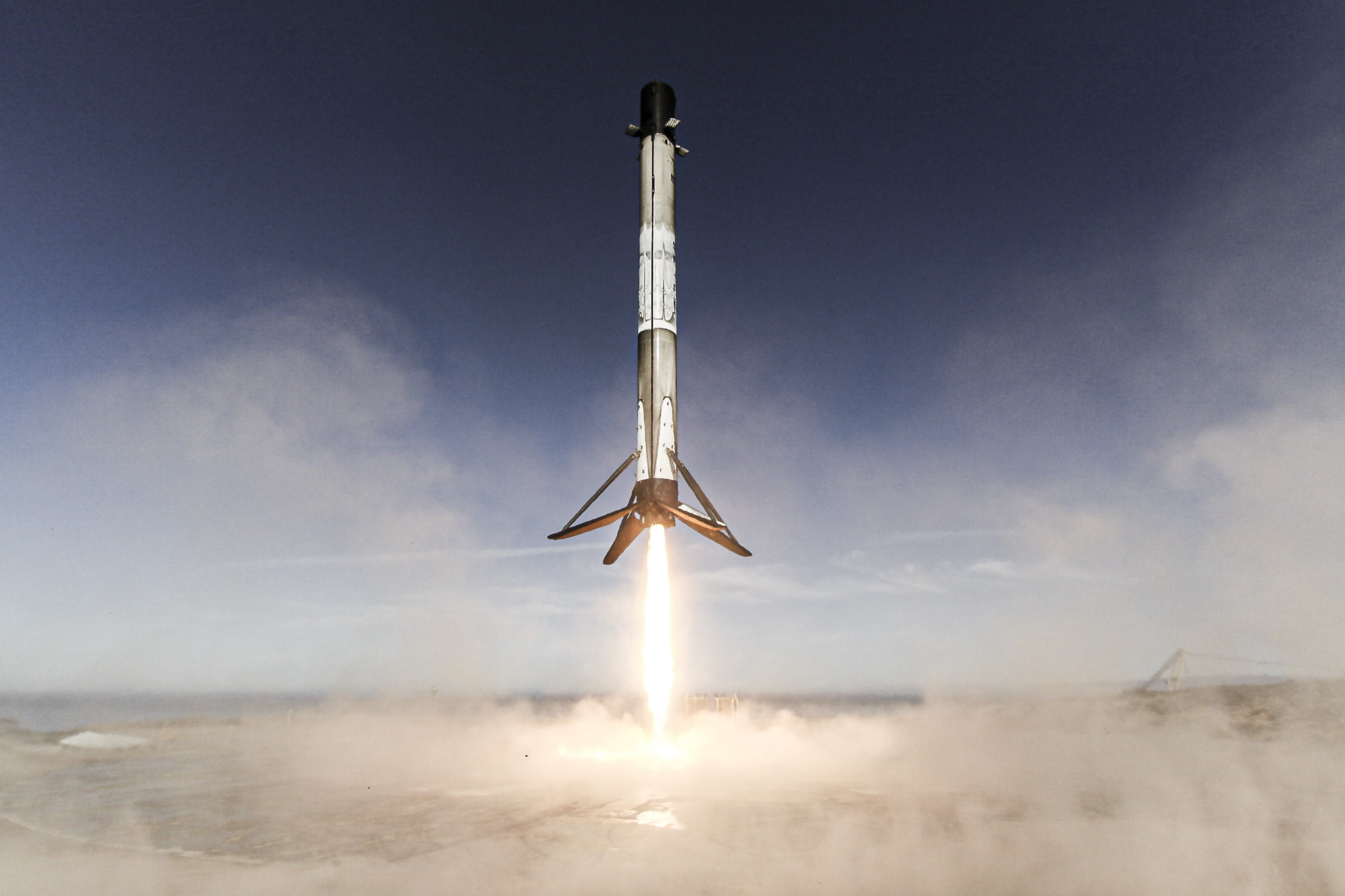
Source: SpaceNews
Their most used rocket, the Falcon 9, has become the most capable rocket in the world. It now has over 150 successful launches, 109 successful landings, and 89 reflown rockets. Those numbers are skewed a little by their test launches early in the lifespan of the Falcon 9. SpaceX has not lost a rocket since last February and that mission was still a success, the bottom of the rocket simply did not land correctly so it could not be reused.
This success is tremendous especially given the difficulty of their missions. They send a rocket up into space, then detach the rocket and fly it back to land on the middle of a barge in the ocean. How cool is that? That is so ridiculously hard and SpaceX administers these missions multiple times a week! Check out the video below of three of these rockets landing at once! Its at the 7:35 mark!
To give you some context of how successful SpaceX has been, each launch costs about $30 million dollars due to the reusability of its rockets. NASA has not sent up a rocket in years, but they are building a large rocket called the SLS which is costing around $4 billion dollars for a single launch. How about that for the importance of reusability in rockets?
So, what’s the point of sending up all of these rockets? SpaceX is now the cheapest option to send anything to space, whether it be satellites, people, or anything else. On top of that, SpaceX is in the process of building a satellite network called Starlink.
Source: Business Insider
Starlink will provide high speed internet throughout the world. It is largely key for rural areas where broadband internet is scarce. Starlink, despite being only partially operational, was opened for use in Ukraine amid the Russian invasion offering internet access to countless Ukrainians struggling to connect. There are currently 150,000 Ukrainians who depend on Starlink as the invasion continues.
Starlink has already sent up 2,000 satellites, but for Starlink to become fully operational, SpaceX says they need to send up about 12,000 satellites. The Falcon 9 can send up about 50 satellites each trip, but SpaceX’s newest and largest rocket yet, Starship, is close to being done and will be able to send up 400 satellites each trip. This will help Starlink get operational even faster which will generate even more cashflow for the space giant. With this cashflow SpaceX will gain an even larger advantage in the race to space commercialization and exploration.
If you are interested in this topic, I highly recommend watching a live launch! They are streamed on YouTube multiple times a week. Simply look up the launch schedule online and tune in the next time SpaceX is going to Space!

